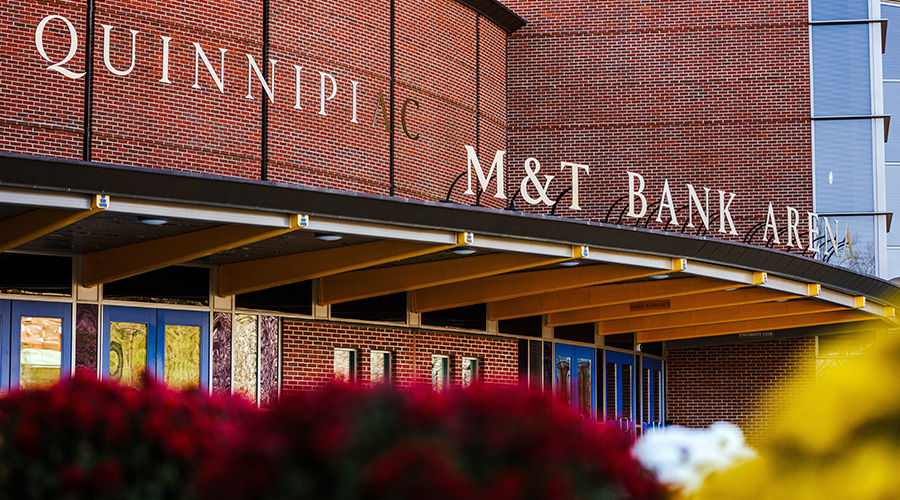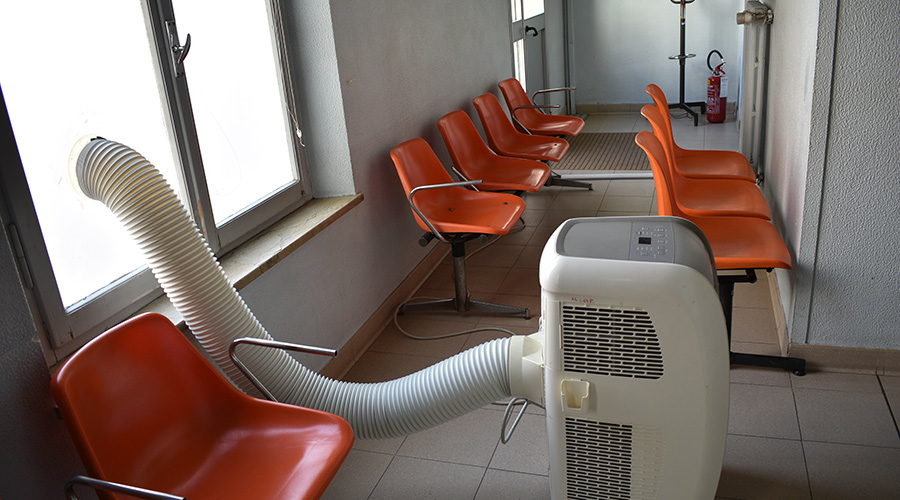K-12 Upgrades: Assessing HVAC Needs, Setting Priorities
Smart planning can result in projects that benefit students, staff and school districts
K-12 upgrade projects often focus on the core mechanical systems. Depending on the location of the building, this might be primarily heating, cooling or ventilation systems or a combination of these systems. Each system presents its own set of challenges when planning upgrades.
When planning a project and selecting the systems to be upgraded, managers need to take many factors into account. One of the first steps is to define facility requirements and whether the existing systems can meet those requirements. Managers also should consider future facility needs when planning system upgrades.
Depending on the size and quantity of a facility’s mechanical systems, it might be beneficial to conduct an internal assessment to perform an existing systems survey or hire a consultant to do so. The goal of this survey is to detail the facilities’ systems and their working condition and to prioritize a replacement or upgrade schedule. This tool can be important when planning because the results might reveal systems that still have operational life remaining or that need replacement.
The survey can also identify energy waste and opportunities for increased efficiency. Installing energy-efficient systems can help with the project budget and justify the need for upgrades. The project also might qualify for rebates and grants. Once the planning team has identified the condition of building, it is important to communicate this information to the design team for integration into the project.
When planning an upgrade or retrofit, it is also important to consider the long-term maintenance requirements and life-cycle costs of equipment. For example, what is the life-cycle cost for filter replacements and labor on numerous unit ventilators versus the life-cycle cost of a central air handling system? Does the department have the staff to perform the regular maintenance, or will it be contracted out? Failure to properly account for maintenance costs can result in unanticipated challenges after a project is complete and needs to be considered during the planning stages.
Controls considerations
Building control system upgrades are often a focus in aging buildings as pneumatic or manual systems age and no longer function properly. Replacing or upgrading a control system presents a number of unique challenges. Typically, it is desirable to have one control system in each facility and, optimally, across all buildings. Unfortunately, when upgrading select systems, it might be necessary to maintain portions of the existing systems while installing the new system.
During the planning phases, it might be a challenge to identify the systems that require new controls, as well as the types of controls required. Options include manual controls for simple systems, such as exhaust fans, up to packaged and custom control systems for facility plants.
Another challenge managers need to consider in planning building control upgrades is understanding the ability of operators and technicians to monitor, operate and maintain new systems. Going from a pneumatic control systems to direct digital controls is a major change, and staff might not understand or be qualified to operate the new system.
Managers who fail to consider a maintenance staff’s abilities can end up with a new system that operates more inefficiently than the old systems due to operator errors and overrides. For this reason, managers need to consider additional training for the staff during the planning phase and incorporated into the project requirements.
Planning upgrades in K-12 facilities can present a host of issues and challenges for managers. To address these challenges, managers need to prioritize the upgrades to address the most urgent systems as soon as possible. During planning, they need to document and track any concerns to ensure they are resolved before the project moves forward.
Nicholas Neiley, CCP, is a senior engineer with Horizon Engineering — www.horizon-engineering.com — specializing in mechanical systems and building controls commissioning. He has more than 10 years of commissioning experience on more than 1 million square feet of new and existing facility projects.
Related Topics:














